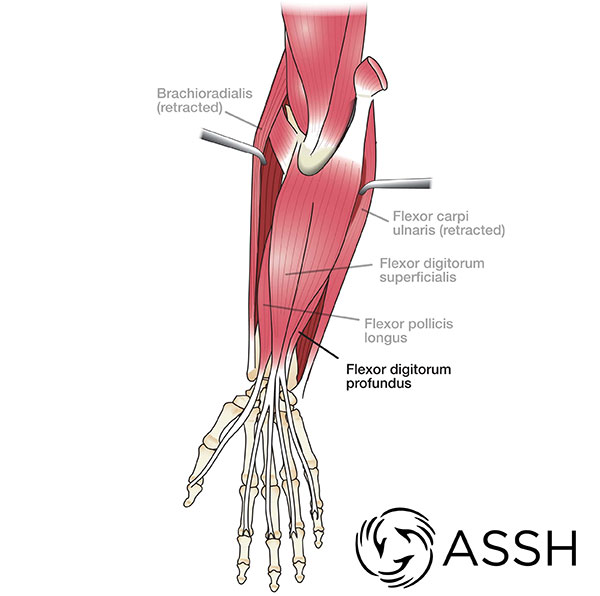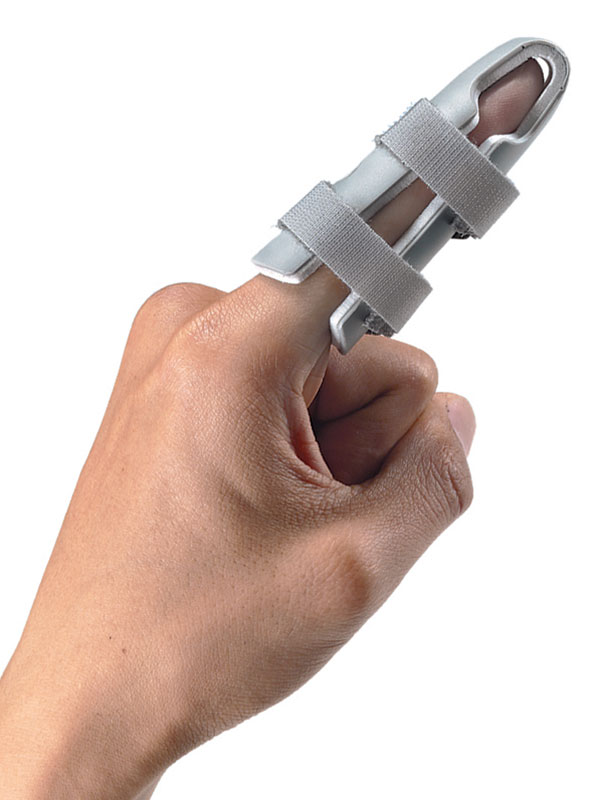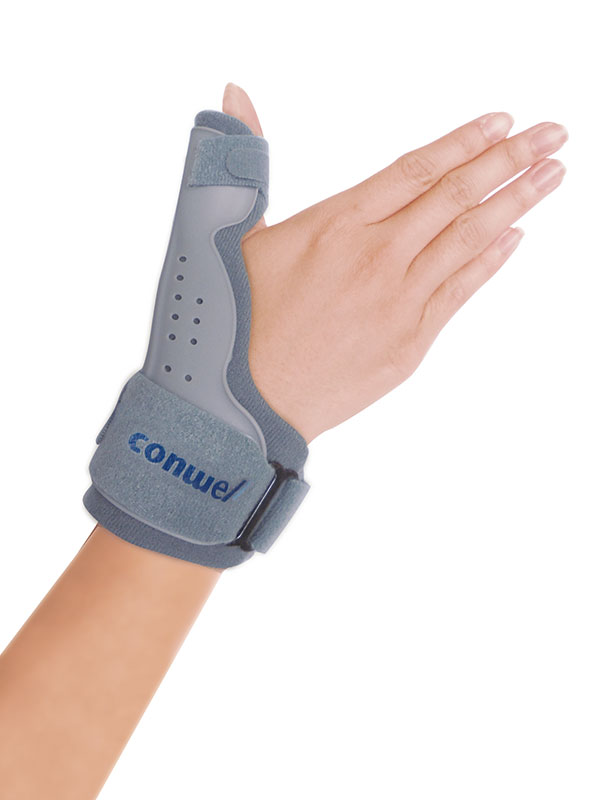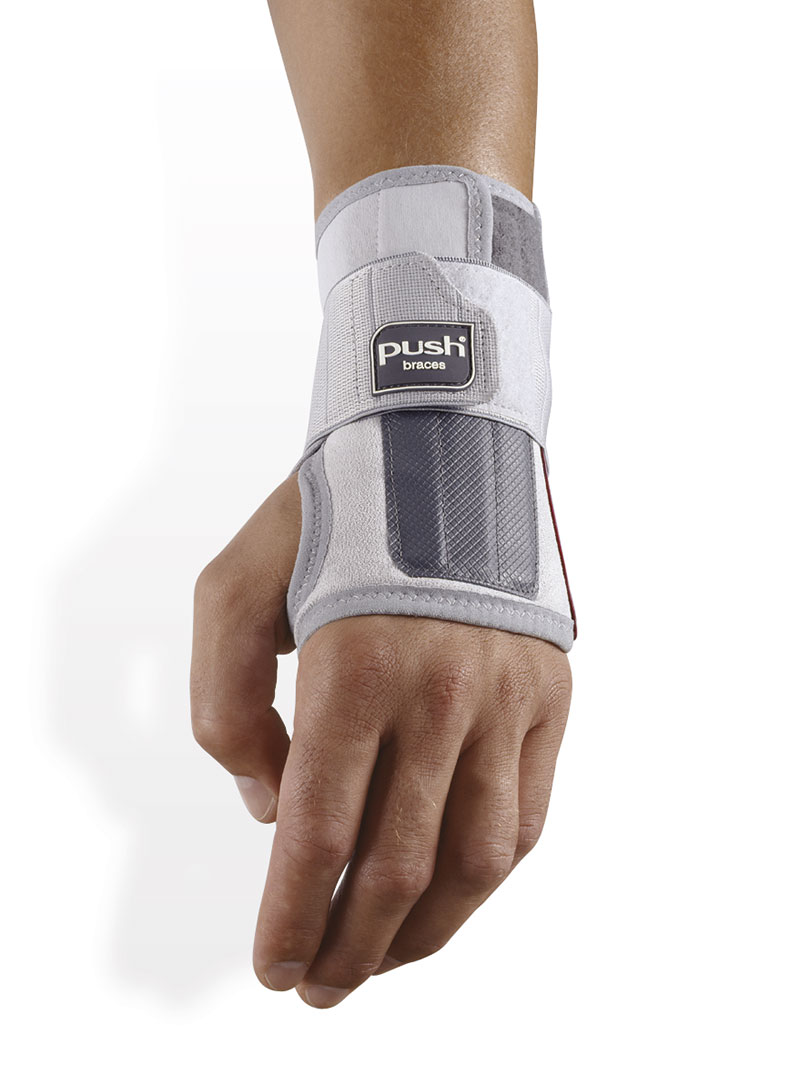1st Nov 2021
Symptoms and Treatments of Flexor Tendon Injuries
|
Movement in the hand and fingers is controlled by a system of muscles and tendons located in the forearm, wrist and hand (Figure 1). Tendons connect muscles to bone. When a muscle contracts, or tightens, the muscles power the tendons to move our bones. The ability to bend our fingers to make a fist is controlled by the flexor tendon. |
|
|
| Image Attribution: American Society for Surgery of the Hand |
|
CAUSES |
|
Most commonly, a flexor tendon injury results from lacerations (cuts). A laceration to the forearm, hand or wrist can result in injury to the flexor tendons. When a flexor tendon injury happens there can be inability to bend the fingers, thumb or wrist. Even small lacerations can result in significant problems with movement if they occur in an important location. Not all tendon injuries are due to lacerations. In some cases, the flexor tendon injury can occur if the tendon end pulls away from bone, if the tendon ruptures due to wear, or if the tendon-muscle interface separates. In the hand, wrist and forearm lacerations are the most common cause of flexor tendon injury. However, if you lose motion in a part of your arm, then tendon injury, even without a laceration, should be considered a possible cause. |
|
|
|
SIGNS AND SYMPTOMS |
|
If a tendon is completely ruptured or lacerated, you will not be able to bend part of your arm or hand . This lack of movement can involve just a small area in your hand, or it can be the inability to move multiple joints in the arm. The level of impairment depends on where the injury is located. The flexor tendons in the arm, wrist and hand are in very close proximity to nerves and arteries. It is not unusual to have numbness, tingling and a lot of bleeding after a tendon is lacerated. This is because there can be an injury to these other vital structures as well. These additional injuries are less common in a flexor tendon injury not caused by laceration. For any laceration, it is very wise to see a doctor as soon as you can, particularly if you notice any change in function of the arm. |
|
|
|
TREATMENT |
|
If you are worried about a flexor tendon injury, please see a hand surgeon right away. It is often easier to treat these injuries early after injury. Flexor tendon injuries do not heal by themselves and frequently require surgery to put the injured tendon back to its normal position. When surgery is required, a splint and hand therapy may be used after the procedure to protect you and to aid in recovery. Typically, any additional injured structures are repaired at the same time as the tendon. |
|
|
|
RECOVERY |
|
Tendon injuries can result in scarring and stiffness after the surgery. It is not unusual to need additional surgery to improve stiffness. Typically, hand therapy is started after the procedure to aid your recovery. It is important to follow the surgeon’s instructions to avoid re-injury. Many people can have good outcomes after tendon repairs are done, but this is not true in every case. Even in cases where people do well after a flexor tendon injury, the recovery can take many months to complete. |
|
At Gateway Sports and Rehab we have a range of hand and wrist splints and braces to aid in the recovery of Flexor Tendon Injuries. Please Note: We highly recommend you speak to your medical professional if you have any sort of pain and are unsure of which brace is right for you. |
These braces will help take pressure off the flexor tendons by unloading them:
|
|
|
Braces that will take load of the wrist and forearm:
|
|
|
| Wrist Brace Range |
Elbow Brace Range |
|
Please contact us if you would like more information on our product range on 1300 982 259 or fill in the contact form. |
|
Ref: www.assh.org (American Society of Surgery of the Hand) |









